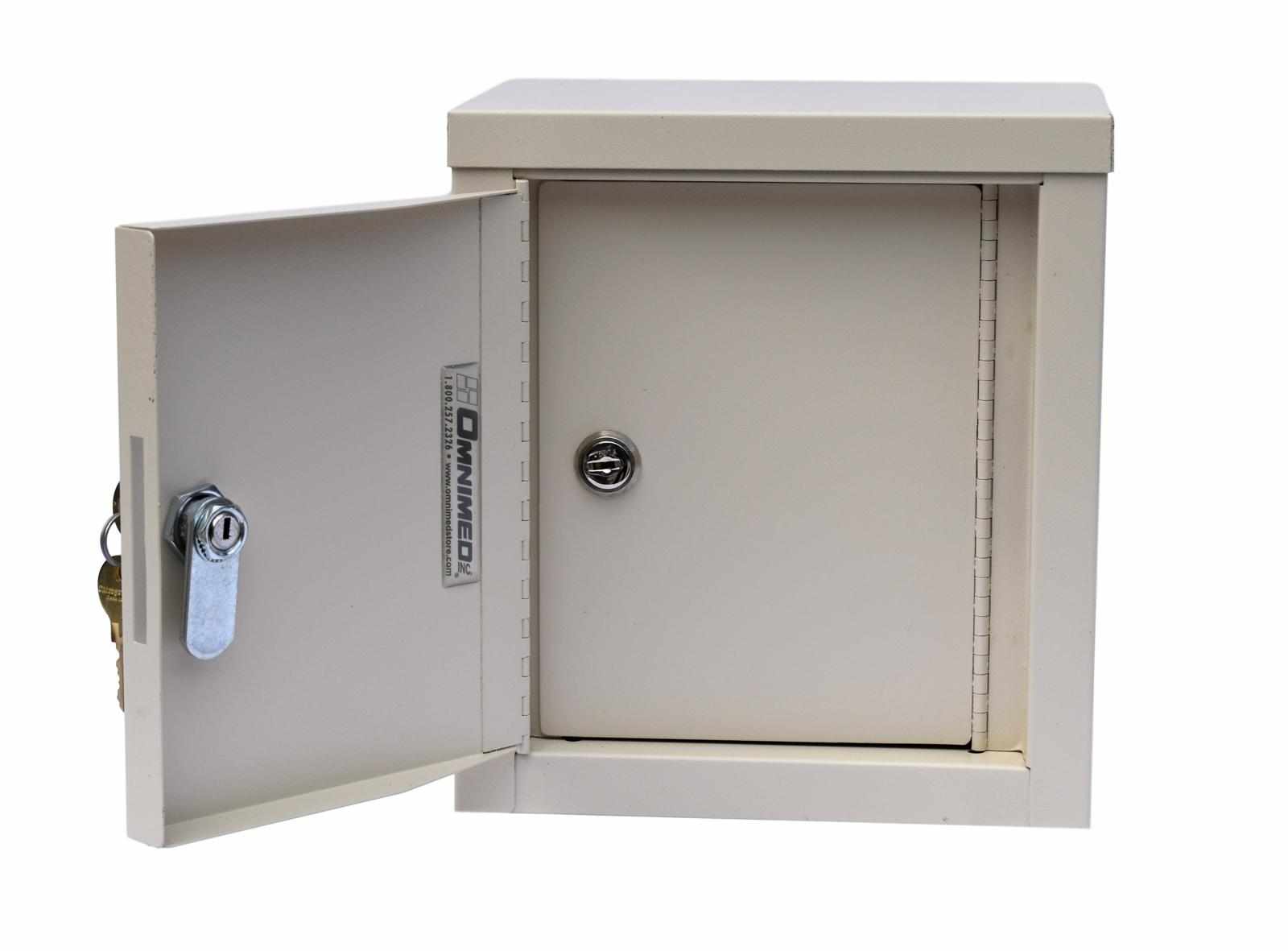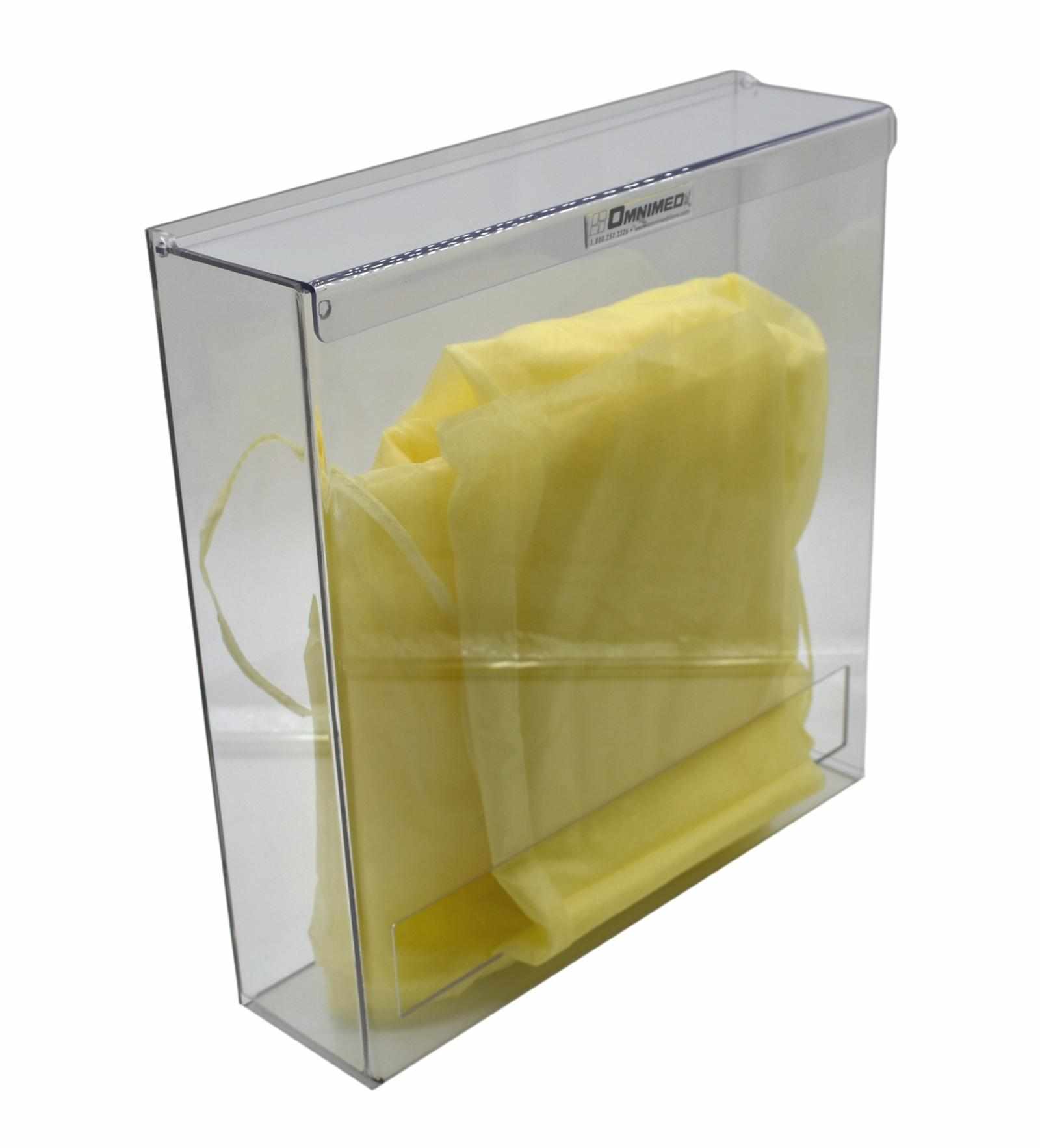
The world of medical supplies is on the brink of a revolution. As technology races forward, innovations are reshaping how healthcare providers deliver care and how patients experience treatment. From smart bandages that monitor healing to eco-friendly materials that reduce environmental impact, the future is brighter than ever for both patients and practitioners. Let's explore the groundbreaking advancements transforming medical supplies today and look ahead at what these changes mean for patient care in the years to come. Get ready to dive into an exciting journey through innovation, sustainability, and challenges in this dynamic field!
Technological Advancements in Medical Supplies
Technological advancements are reshaping the landscape of medical supplies in remarkable ways. Devices are becoming smarter, enabling healthcare professionals to monitor patients more effectively. Wearable technology, like fitness trackers and continuous glucose monitors, provides real-time data that empowers both doctors and patients.
3D printing is another game-changer. This technique allows for customized prosthetics and implants tailored to individual needs. The precision involved not only enhances comfort but also improves recovery times.
Telemedicine has gained momentum too, driving demand for remote monitoring tools. These innovations enable clinicians to assess conditions without requiring constant hospital visits.
Robotics further elevates surgical procedures with enhanced accuracy and minimal invasiveness. Surgeons can perform complex operations with greater control, reducing patient recovery time significantly.
Nanotechnology and its Impact on Medical Supplies
Nanotechnology is revolutionizing the landscape of medical supplies. By manipulating matter at an atomic or molecular level, it enables the creation of materials with enhanced properties.
These advancements lead to more effective wound dressings that promote faster healing and minimize infections. Nanoparticles can carry drugs directly to targeted cells, improving treatment efficacy while reducing side effects.
Additionally, diagnostic tools are benefiting immensely from nanotech innovations. Enhanced imaging techniques allow for earlier detection of diseases, making a significant difference in patient outcomes.
Furthermore, coatings designed with nanoparticles can repel bacteria and reduce contamination risk in various medical devices. This transformation not only improves safety but also extends the lifespan of essential equipment.
As research continues to unfold in this exciting field, the possibilities seem endless. The integration of nanotechnology into medical supplies could redefine norms in patient care for years to come.
Sustainability and Eco-Friendly Solutions for Medical Supplies
The demand for sustainable medical supplies is on the rise. Healthcare facilities are increasingly recognizing their environmental impact. This shift prompts innovation in eco-friendly materials and practices.
Biodegradable products are becoming more common, reducing landfill waste significantly. These items break down naturally, minimizing pollution.
Additionally, manufacturers are exploring plant-based alternatives to traditional plastics. Such innovations not only lessen reliance on fossil fuels but also enhance patient safety by reducing chemical exposure.
Recycling programs within hospitals further support this green movement. By recycling used supplies, healthcare providers can lower costs while promoting sustainability.
Challenges and Limitations of Innovative Medical Supplies
As we embrace the future of medical supplies, it’s crucial to acknowledge the challenges and limitations that come with innovation. While advancements like nanotechnology and eco-friendly solutions hold immense promise, they also raise questions about accessibility, cost, and regulatory hurdles.
One major concern is how quickly these innovations can be brought to market. The process often involves extensive testing and validation, which can slow down the availability of new products for healthcare providers and patients alike. Additionally, funding for research in novel medical supplies may fluctuate based on economic factors or shifts in healthcare priorities.
Another challenge lies in ensuring that all patients have access to cutting-edge medical technologies. Disparities exist in healthcare systems around the world; not every facility has the resources needed to implement advanced solutions effectively. This gap could lead to unequal treatment options for different populations.
Moreover, sustainability efforts are commendable but not always straightforward. Developing green materials often requires substantial upfront investment and technological expertise that smaller manufacturers might lack. Balancing profitability while prioritizing environmental impact remains a complex task within this industry.
You Can Also Check These Services:



















Write a comment ...